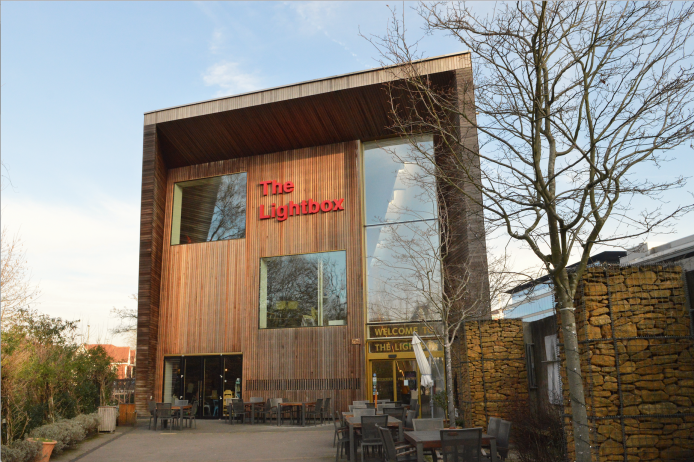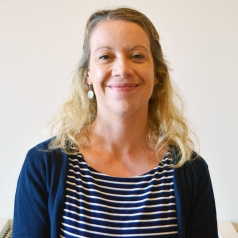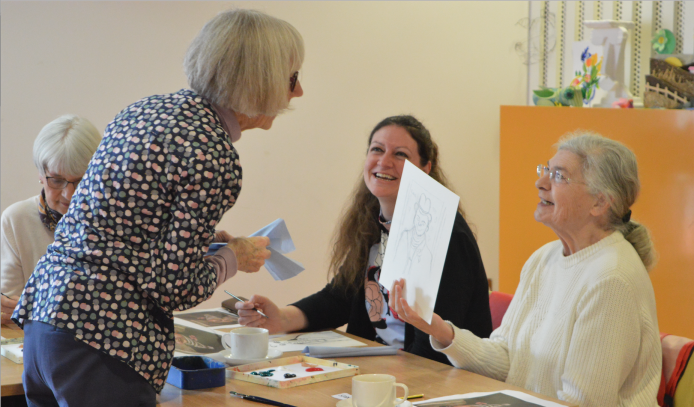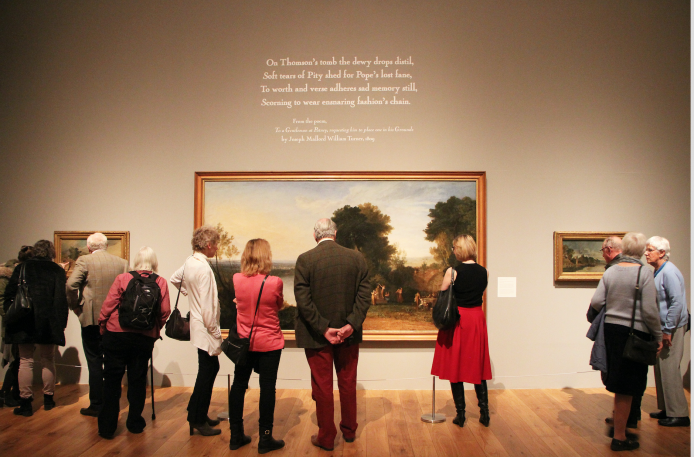- What We Do
- Understanding your audience
- Engaging new audiences
- Designing experiences
- Building loyalty
 Case studies
Case studiesThe Lightbox
“We like to work holistically; we like to give everyone a voice. Culture Segments gives people the opportunity to do that…It’s been a long process involving a lot of people and it never finishes. But Culture Segments has been a very useful tool for us.”
Pru Shackley, Marketing and Audience Development Manager
Pru Shackley, Marketing and Audience Development Manager at The Lightbox, Woking describes how Culture Segments TagTool insights are being used to fuel strategy across her organisation.
“The Lightbox opened in 2007 as a museum and gallery. We won the Art Fund Museum of the Year prize the following year, which really helped raise our profile within the sector and enabled us to create a really strong product. We’re particularly proud of our exhibitions.

Over the past 10 years we’ve deliberately expanded our offer to have a broad cultural reach. We believe that art has the power to make you feel good and our charitable ventures aim to provide programmes for those that might not otherwise be able to access arts and heritage services. This includes free under-fives drop-ins, workshops for those with early stage dementia and their carers and clients from the local homeless shelter.
We’ve tried to increase accessibility by introducing Lightbox Lates, which offer comedy nights, a book group, poetry and science talks and free entry to our galleries. We now welcome over 100,000 visitors a year.

All images copyright The Lightbox
Why did you get Culture Segments TagTool?
In 2016, we secured Arts Council Resilience funding for a new CRM system. We got Culture Segments TagTool as a marketing tool for the new database but quickly realised it could also support our strategic development work. We had a 13% completion rate for our sign-up email last September, which we were delighted with. The results showed our database is strongly Expression.
How did the results affect your marketing?
It had an immediate impact on our marketing approach. Traditionally our tone had been very product-led, concentrating on the quality of the work and its contributors. In other words, we’d had a very Essence view.
Culture Segments TagTool showed us that much of our audience would like to connect on a more emotional level, so we started using more people-based messaging, thinking about imagery, mentioning our community work and so on.
Our e-marketing click-through and transaction rates are notably higher than before so this is a genuine return on investment for Culture Segments and the CRM system.

All images copyright The Lightbox
How are you using Culture Segments to inform strategy?
I was lucky in that the senior management team were already familiar with Culture Segments and enthusiastic as to how it would be able to help us develop the organisation. Knowing we have such a strong Expression audience helps us tremendously. The idea of something for everyone is very nice but very difficult in practice. You need to have an idea of who you are talking to.
A key priority for me is our need to build our Brand Equity. It’s been an interesting process for the organisation to talk about, for example, the need to foster connections and then realise we can do that with Culture Segments.
What are your next steps?
I’m about to send out another tagging email as we’ve a lot of new people on our database. The Brand Equity questions are built in so I’m also going to email my original respondents and see if I can start to measure changes to our brand equity.
We’re now refreshing The Lightbox brand guidelines to explicitly talk about Culture Segments. We like to work holistically; we like to give everyone a voice. Culture Segments gives people the opportunity to do that.
The way I’m talking is as if it’s been a very easy process. Of course, it hasn’t. We’re a very small team with big ambitions for how we can enhance audience development. It’s been a long process involving a lot of people and it never finishes. But Culture Segments has been a very useful tool for us.”
- Engaging new audiences
- Understanding your audience
